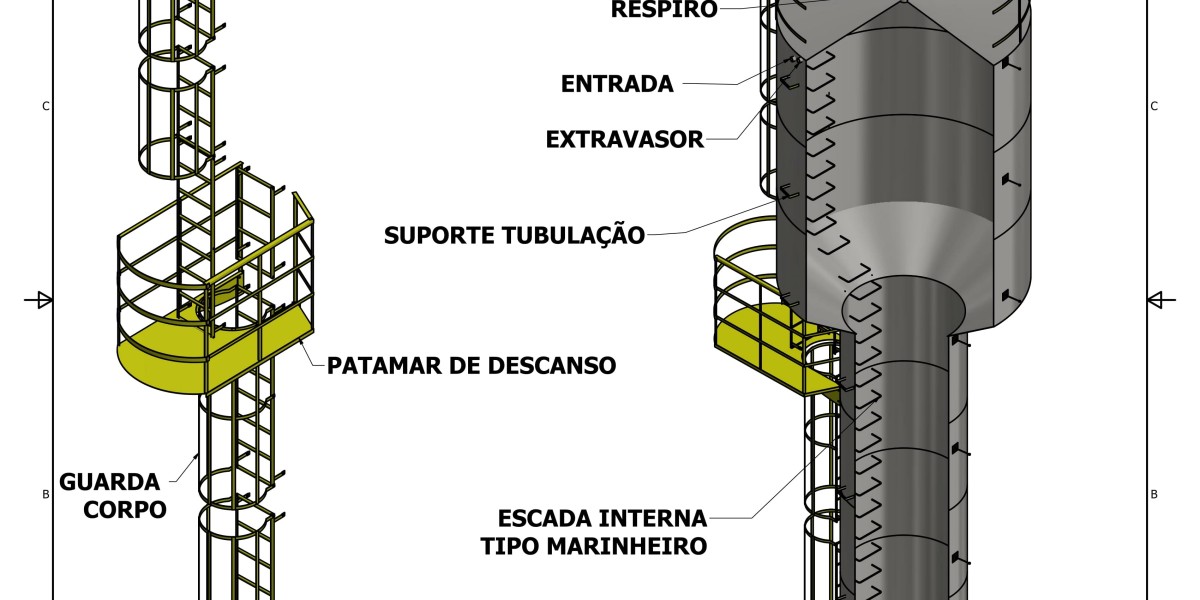Accurate diagnosis is the first step in determining the appropriate ENT voice field therapy. Moreover, a voice evaluation by a speech-language pathologist can provide insights into vocal operate and the impression of any disorders on communication. Combining these diagnostic approaches permits a complete assessment of the larynx, paving the way for targeted interventions to restore vocal well being. Medical professionals employ varied diagnostic instruments to evaluate laryngeal health, including **laryngoscopy**—a process that permits direct visualization of the voice box. During this examination, docs can determine structural points, irritation, or tumors.
Regular follow-up visits enable for ongoing monitoring of any creating issues and might help in late complications administration. This side reinforces the need for a collaborative approach between patients and healthcare suppliers to ensure steady care and outstanding affected person outcome The Importance of Long-term Follow-Up
Long-term follow-up is important for assessing the enduring success of ENT surgeries. For occasion, some patients may expertise symptom recurrence a number of months or years post-surgery, which might result in extra interventions. While initial outcomes might look promising, long-term data provide a extra thorough understanding of How Telehealth Changed ENT Appointments well patients fare after their procedures.
One prevalent issue is **hoarseness**, characterized by a raspier or strained voice, which may happen as a outcome of overuse or irritation of the vocal cords. Common Voice Disorders and Their Symptoms
Several common issues can have an effect on the larynx, leading to numerous signs that often require ENT voice field therapy. Another situation, **vocal nodules**, are small, benign growths that develop on the vocal cords because of chronic vocal strain and might trigger a significant change in voice quality. Additionally, **laryngitis**, an irritation of the larynx, may result in voice adjustments and discomfort. Identifying these symptoms early on is crucial for effective treatment, as prolonged issues can result in extra severe conditions if left unaddressed.
Patients incessantly report *ear pain*, which could be deceptive as it might not indicate an actual ear infection. Understanding these symptoms is crucial for ENT professionals, because it helps differentiate TMD from true **ear** or **throat** pathologies, leading to more effective administration strategie Frequent headaches, particularly those that mimic tension or migraine complications, are additionally frequent amongst those suffering from TMD. Additionally, facial pain and jaw stiffness can restrict a patient's ability to open their mouth absolutely, impacting speech and eating. TMD can manifest through a variety of **symptoms** which will typically be mistaken for ENT disorders.
Swelling in the nasal passages and throat because of allergies can result in increased mucus manufacturing. Allergies can considerably influence the vocal efficiency of voice professionals. Understanding the relationship between allergic reactions and vocal efficiency is essential for these in the industry. Voice professionals ought to consider consulting an ENT to discover allergy management options—such as antihistamines or environmental management measures—to ensure their vocal health isn't compromised throughout allergy season Conditions similar to seasonal allergies or nasal congestion could cause discomfort and even alter vocal quality. This excess mucus can contribute to a strained voice and problem in projection.
 The emergence of Long COVID has significantly altered the panorama of post-viral recovery, presenting a myriad of health challenges that stretch well beyond the initial infection. This advanced syndrome not solely complicates the recovery process but additionally poses challenges for healthcare professionals in search of to provide efficient therapy. Understanding the intricacies of Long COVID and its ENT issues is essential for growing holistic care strategies that address the various needs of sufferers battling this situatio Patients report persistent issues corresponding to nasal congestion, lack of taste and scent, and sinusitis, which might severely affect their high quality of life. While respiratory symptoms have garnered considerable attention, the impression of Long COVID on the ear, nostril, and throat (How Telehealth Changed ENT Appointments) system is equally concerning.
The emergence of Long COVID has significantly altered the panorama of post-viral recovery, presenting a myriad of health challenges that stretch well beyond the initial infection. This advanced syndrome not solely complicates the recovery process but additionally poses challenges for healthcare professionals in search of to provide efficient therapy. Understanding the intricacies of Long COVID and its ENT issues is essential for growing holistic care strategies that address the various needs of sufferers battling this situatio Patients report persistent issues corresponding to nasal congestion, lack of taste and scent, and sinusitis, which might severely affect their high quality of life. While respiratory symptoms have garnered considerable attention, the impression of Long COVID on the ear, nostril, and throat (How Telehealth Changed ENT Appointments) system is equally concerning.Laryngitis, characterised by irritation of the larynx, can stem from infections, irritants, or extended yelling. Voice professionals need to recognize the signs of these problems early to seek applicable ENT intervention. Vocal nodules, often described as "singer's nodules," are small, callous-like growths on the vocal cords resulting from overuse or misuse. Timely administration not only prevents further vocal injury but in addition aids in a faster return to acting at peak functionality. On the other hand, polyps can develop from vocal pressure or trauma and are usually associated with a sudden change in voice quality. An understanding of these conditions is significant to sustained vocal well bein Various vocal problems can plague voice professionals, with a variety of the most typical being vocal nodules, polyps, and laryngitis.






